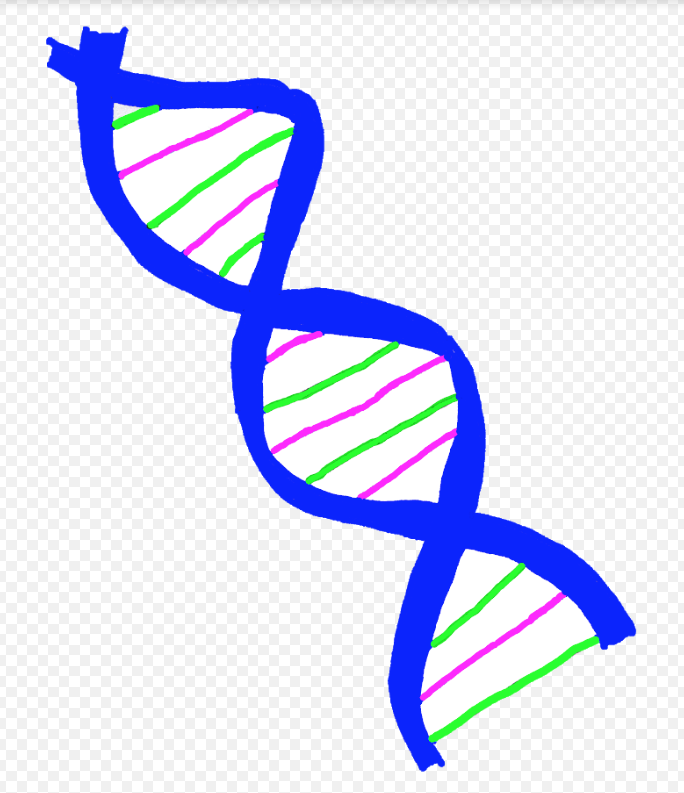50 Years Ago Today: Double Helix - Then and Now
In a time when 23andMe and ancestry.com dominate our world and our spotify commercials, Deoxyribonucleic Acid (DNA) has reemerged as hot topic that fuels our curiosity, changes our history and the future. In 2018, we hear all kinds of hoopla about DNA and it’s hard to believe that this all got rolling just 50 years ago. 1968 was the famous year that American biologist James Watson published his book, “The Double Helix: A Personal Account of the Discovery of the Structure of DNA.” Watson and his british colleague, Francis Crick, had “discovered” (meaning been the first to thoroughly model) the structure of DNA back in the 1950s, however, it took a long time to write a cumulative report and develop their findings fully. Nevertheless, they won a scientific “race” that was one of the most monumental achievements in science of all time - right up next to the publication of Newtonian physics. Readers might notice the quotations around the word “discovered” in the previous paragraph. This is because there was a lot of controversy surrounding Watson and Crick’s report. Evidence goes to show that there was a different mastermind behind the discovery, and Watson and Crick though both objectively genius and accomplished mooched much of her research. That mastermind was British chemist Rosalind Franklin, a rare female in her field at the time. While other prestigious biologists such as Watson and Crick were running around like chickens without heads in search of the clues to DNA modeling, Franklin was doing important work in a lab. She was spending hundreds of hours taking DNA X-ray diffraction pictures, one of which, known famously as “photo 51,” was dubbed the most important clue in discovering the DNA structure. Now, here’s the sad aspect of the story - one of undeserved credit, backstabbing and sexism that we still see today: in their conclusive report, Watson and Crick used Franklin’s unpublished report about the dimensions of the helix, the orientation of the strands and the presence of nitrogenous bases, in addition to her “photo 51” to map their model of DNA, without her permission or knowledge, and without crediting her. Once again, we see the story of a woman behind the scenes of something massive, doing the gritty work, tugging the boat, only to be ousted for the achievement by men who cheated. Watson and Crick went on to win a nobel prize for their “research.” Franklin died from cancer that was a result of her radioactive (prize-winning) work with the X-ray crystallography. Thankfully, today, women have penetrated the ranks of STEM fields and are continuously struggling to break that specific glass ceiling...or petri dish… But, as our scientists delve further into DNA research in today’s world, it is important that we remember where it all started, and without whom, in 1968, the world would have never learned what the genetic code for finding their great-great-great-great-great grandmother was.
